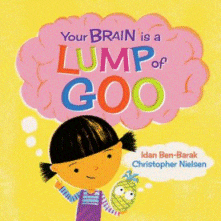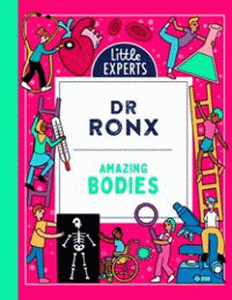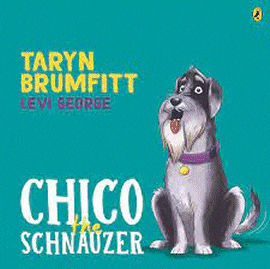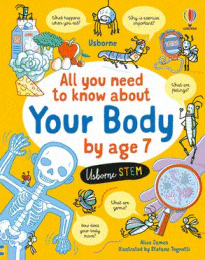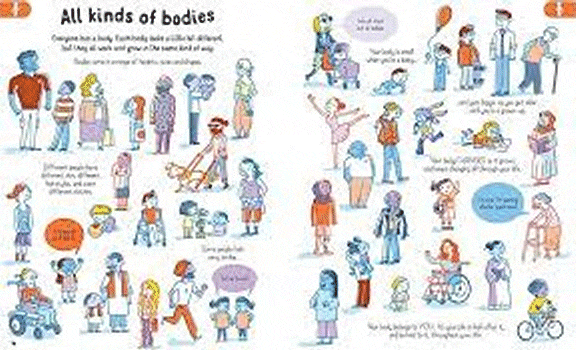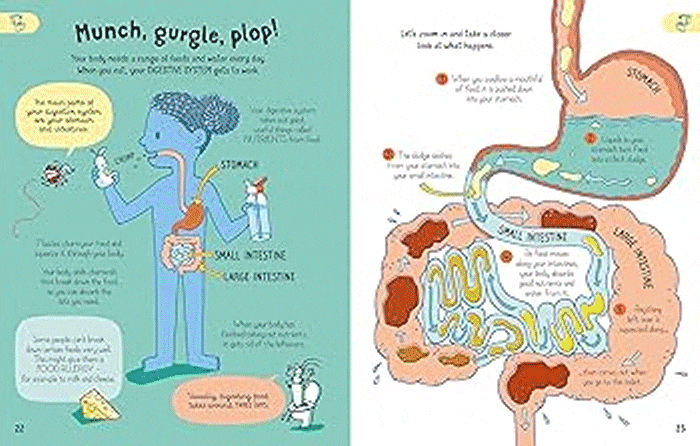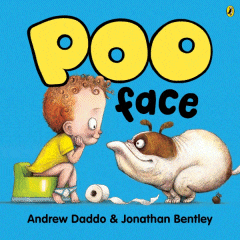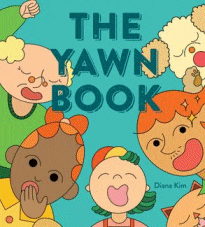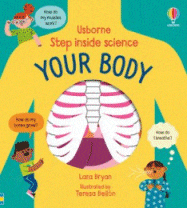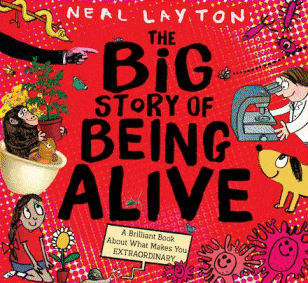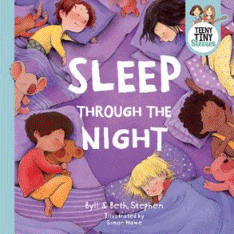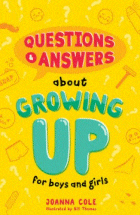
Questions & Answers About Growing Up For Boys and Girls
Questions & Answers About Growing Up For Boys and Girls
Joanna Cole
Bill Thomas
Farshore, 2023
96pp., pbk., RRP $A14.99
9780008587871
Fifty years ago, in 1973, Peter Mayle and Arthur Robins collaborated on two books that provided answers (with illustrations) on many of the questions that children have about growing up, body changes and their own origins. And Where Did I Come From? and What’s Happening to Me? were so revolutionary at the time that they are still in print, recognisable and readily available today because there is still a need for them.
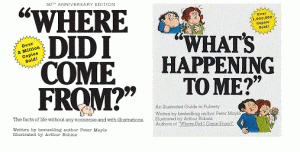
Questions about puberty, sex, and transitioning into adulthood will always exist, and given the fuss made about a recently released book written for teens and the banning of so many similar titles in so many states in the USA, it is clearly a topic that many parents are still not comfortable discussing with their children. What we used to learn behind the shelter sheds in the school playgrounds is now available everywhere just by watching a movie, television or an internet search, and there is no guarantee that what is learned is accurate or healthy.
And so, no-nonsense, factual books such as this new one from experts in relationships and sex education remain a necessity in library collections so that our children can learn and know for themselves. While the average age for girls to start puberty is 11, while for boys the average age is 12., it’s perfectly normal for puberty to begin at any point between the ages of 8 and 13 in girls and 9 and 14 in boys and thus this book has a place on primary school shelves as well as this blog. Using a Q&A format it covers the usual areas of the changes that boys and girls will experience but also touches on issues such as gender identity and contraception, the explanations being factual and straight-forward so that not only are the questions shown to be common and normal but also the answers and actions. Children experiencing the changes and wondering what’s happening do not need to feel alone, abnormal or even dirty, and thus, they can understand that they are just like everyone else about the same age, but they have the advantage of knowledge.
For those born in a time when babies came from the cabbage patch or were delivered by a stork, when homosexuality was a criminal offence with an attached jail term, and the only source of information was from behind those shelter sheds, the normalisation of the conversations these days may seem strange and hence the actions in those US states where teachers and school librarians can face criminal charges for sharing books like this (or even having them in the collection) but IMO, the more information our children can access the better and so this is an important addition to your 612.6 section.
